Phototrichogram Analysis of Japanese Female Subjects with Chronic Diffuse Hair Loss
June 2003
in “Journal of Investigative Dermatology Symposium Proceedings”
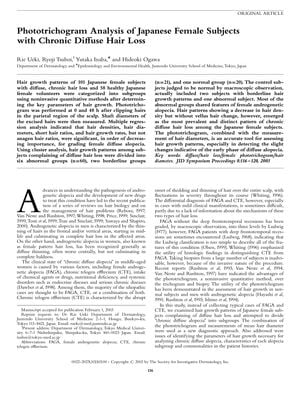
TLDR Phototrichogram and hair diameter measurements are effective, noninvasive ways to assess hair growth and detect early hair loss, with the most common pattern being reduced hair density.
In 2003, a study was conducted on 101 Japanese women with chronic diffuse hair loss and 58 healthy volunteers to analyze hair growth patterns using phototrichogram and hair diameter measurements. The study divided the subjects into nine groups based on hair growth patterns, with 59.4% showing abnormal patterns. The key parameters for evaluating diffuse alopecia were hair density, hair diameter, short hair ratio, and hair growth rate. The study concluded that phototrichogram, combined with hair diameter measurements, is a useful, noninvasive method for assessing hair growth patterns and detecting early phase diffuse alopecia. The most common pattern of hair loss was a decrease in hair density without vellus hair change. No correlation was found between the severity of hair growth patterns and patient histories or abnormal laboratory data.
View this study on jidsponline.org →
Cited in this study

research ANDROGENETIC ALOPECIA
Finasteride and minoxidil are effective FDA-approved treatments for androgenetic alopecia.
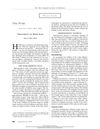
research Treatment of Hair Loss
Finasteride and minoxidil are effective for hair loss, but continued research is needed for better treatments.

research Management of androgenetic alopecia
Treat hair loss with finasteride, minoxidil, or surgery; consider side effects and severity.
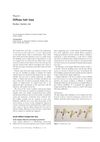
research Diffuse hair loss
Hair loss that spreads out can often fix itself or be treated by finding and handling the cause.

research The midline part: An important physical clue to the clinical diagnosis of androgenetic alopecia in women
"Christmas tree" pattern helps diagnose female hair loss.

research Male pattern hair loss: current understanding
Genetics and hormones cause hair loss; finasteride treats it safely.
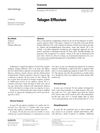
research Telogen Effluvium
Telogen effluvium is a hair loss condition with acute cases resolving quickly and chronic cases potentially lasting longer, sometimes requiring treatment.
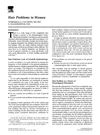
research Hair problems in women
Hair problems are common and distressing for women, but increasing knowledge of treatments offers hope.
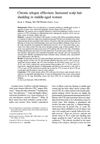
research Chronic telogen effluvium: Increased scalp hair shedding in middle-aged women
Middle-aged women with chronic telogen effluvium experience increased hair shedding but usually don't get significantly thinner hair.
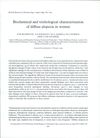
research Biochemical and trichological characterization of diffuse alopecia in women
Diffuse alopecia in women may be related to androgens and iron deficiency, and basic hormone and nutrient screening is useful.
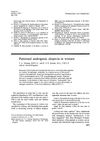
research Patterned androgenic alopecia in women
"Male-pattern" hair loss is common in women, especially after menopause, and doesn't always mean there's a problem with hormone balance.

research Classification of the types of androgenetic alopecia (common baldness) occurring in the female sex
Common baldness, also known as Androgenetic Alopecia, is caused by a combination of genetic factors and hormones called androgens.
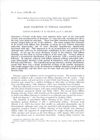
research HAIR DIAMETER IN FEMALE BALDNESS
Women with thinning hair have thinner hair strands than women without hair loss.
Related

research Efficacy of systemic minoxidil and tofacitinib combination in treatment‐resistant alopecia universalis
Using minoxidil and tofacitinib together can effectively treat severe hair loss.

research Bitemporal Scalp Hair Loss: Differential Diagnosis of Nonscarring and Scarring Conditions.
Understanding the cause of bitemporal hair loss is key to deciding the right treatment.

research A clinico-epidemiological study of scalp hair loss in children (0–18 years) in Kota Region, South-East Rajasthan
About 12% of children in Kota, Rajasthan, experience hair loss, mainly due to fungal infections, with early treatment advised to prevent worsening.
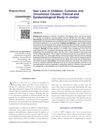
research Hair loss in children: Common and uncommon causes; clinical and epidemiological study in Jordan
The most common causes of hair loss in Jordanian children are fungal infections, autoimmune hair loss, and hair shedding after fever, with zinc deficiency also being a notable cause.
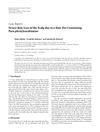
research Severe Hair Loss of the Scalp due to a Hair Dye Containing Para phenylenediamine
A woman lost most of her hair due to an allergic reaction to a hair dye ingredient.
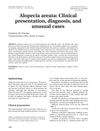
research Alopecia areata: Clinical presentation, diagnosis, and unusual cases
Alopecia areata is a type of hair loss that can lead to complete baldness, often associated with other autoimmune conditions, and half of the cases may see hair return within a year.

research Diagnosis of Hair Loss: Clinical features of common causes of hair loss.
The document describes the signs of different common types of hair loss.

research Diagnosis and management of the hair loss patient.
Most hair loss cases are caused by four main conditions, and understanding them is key to treatment.